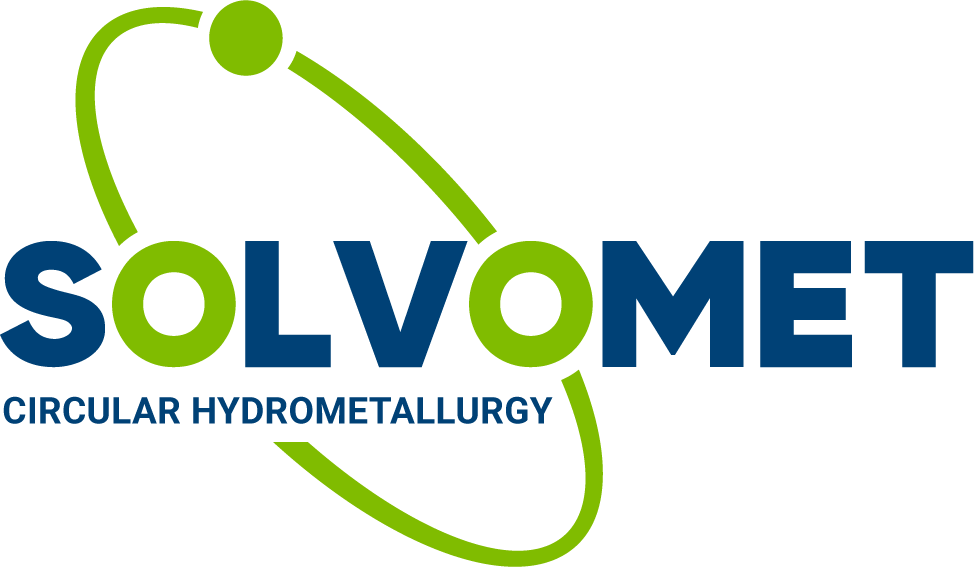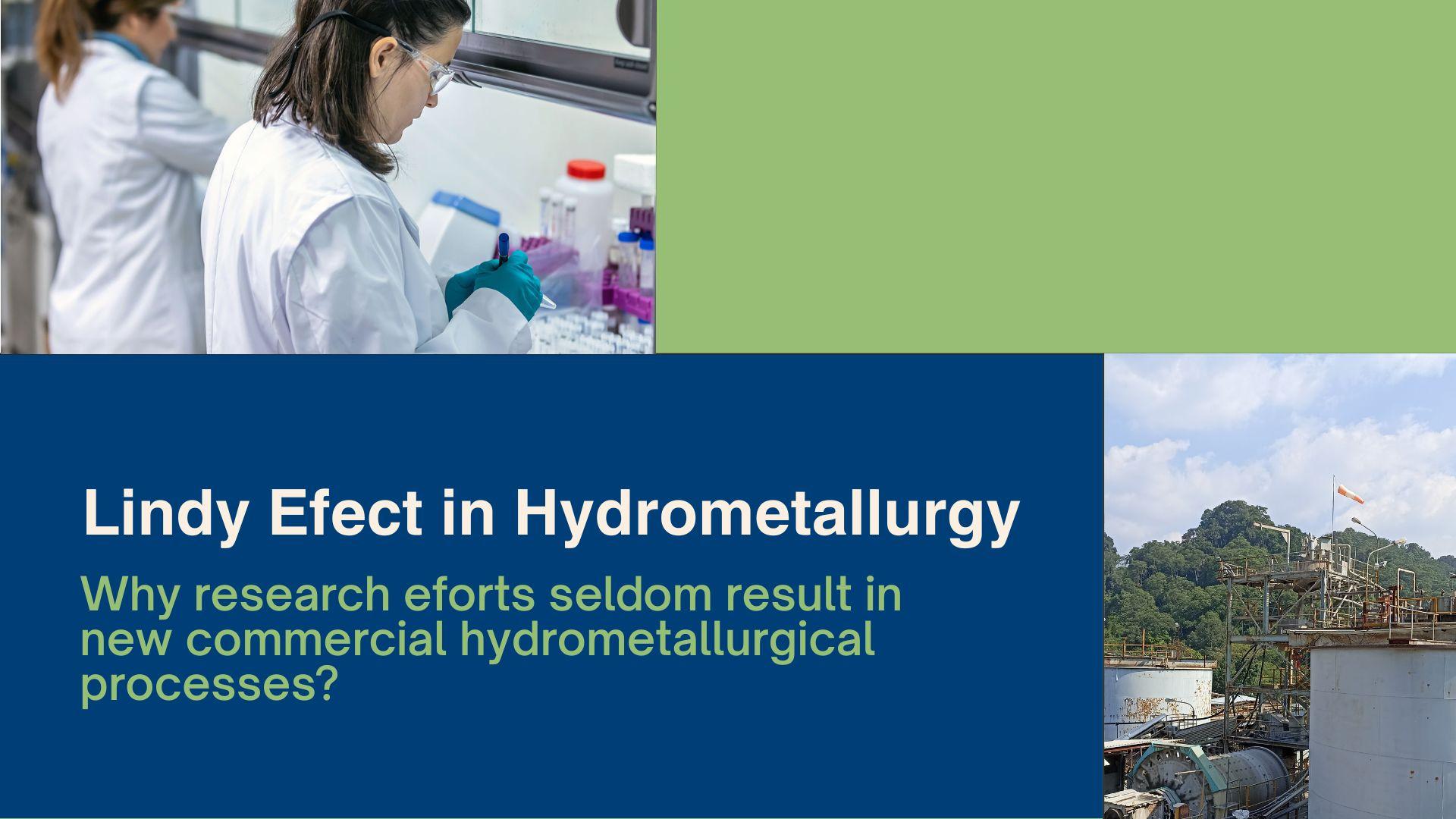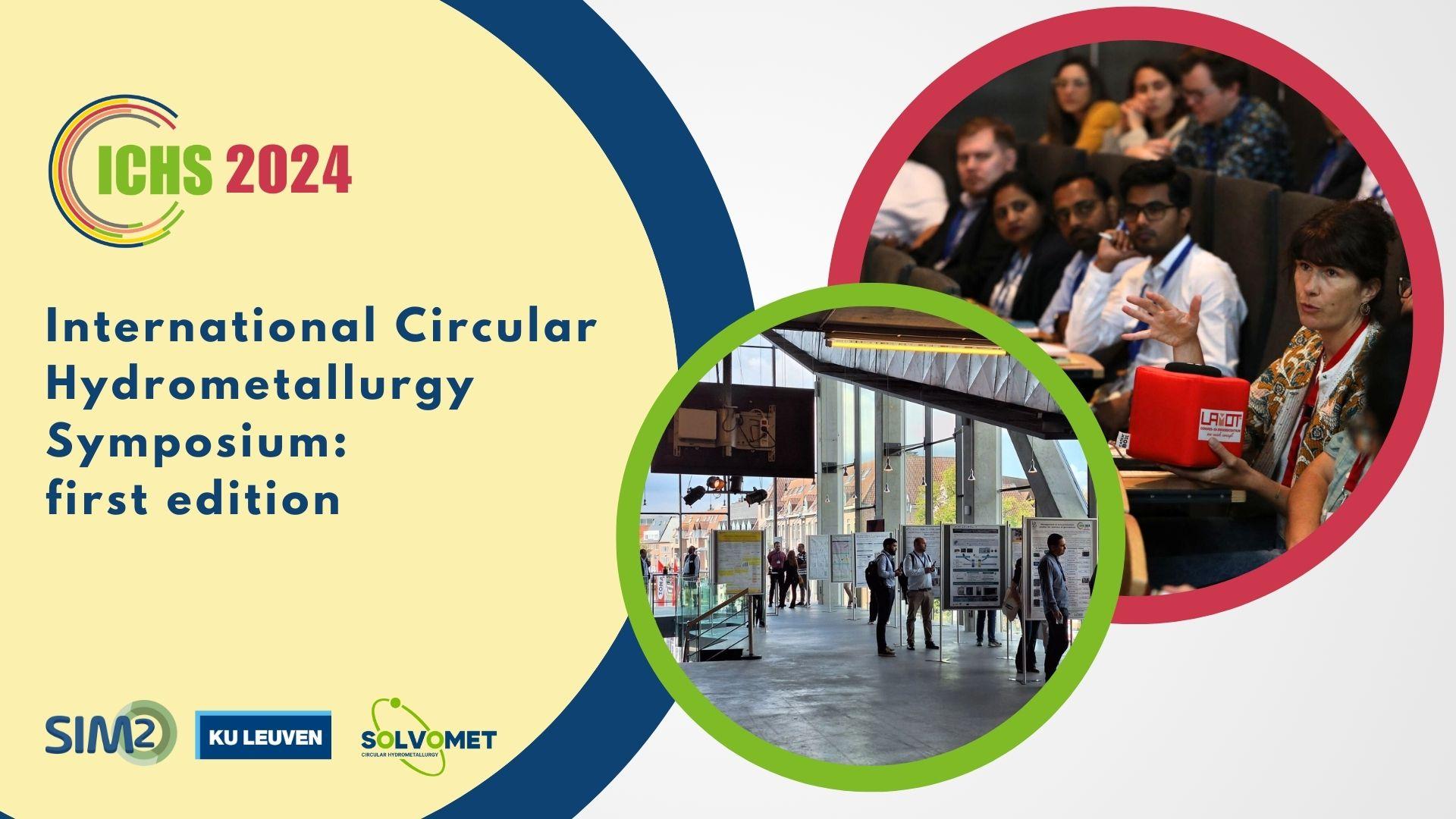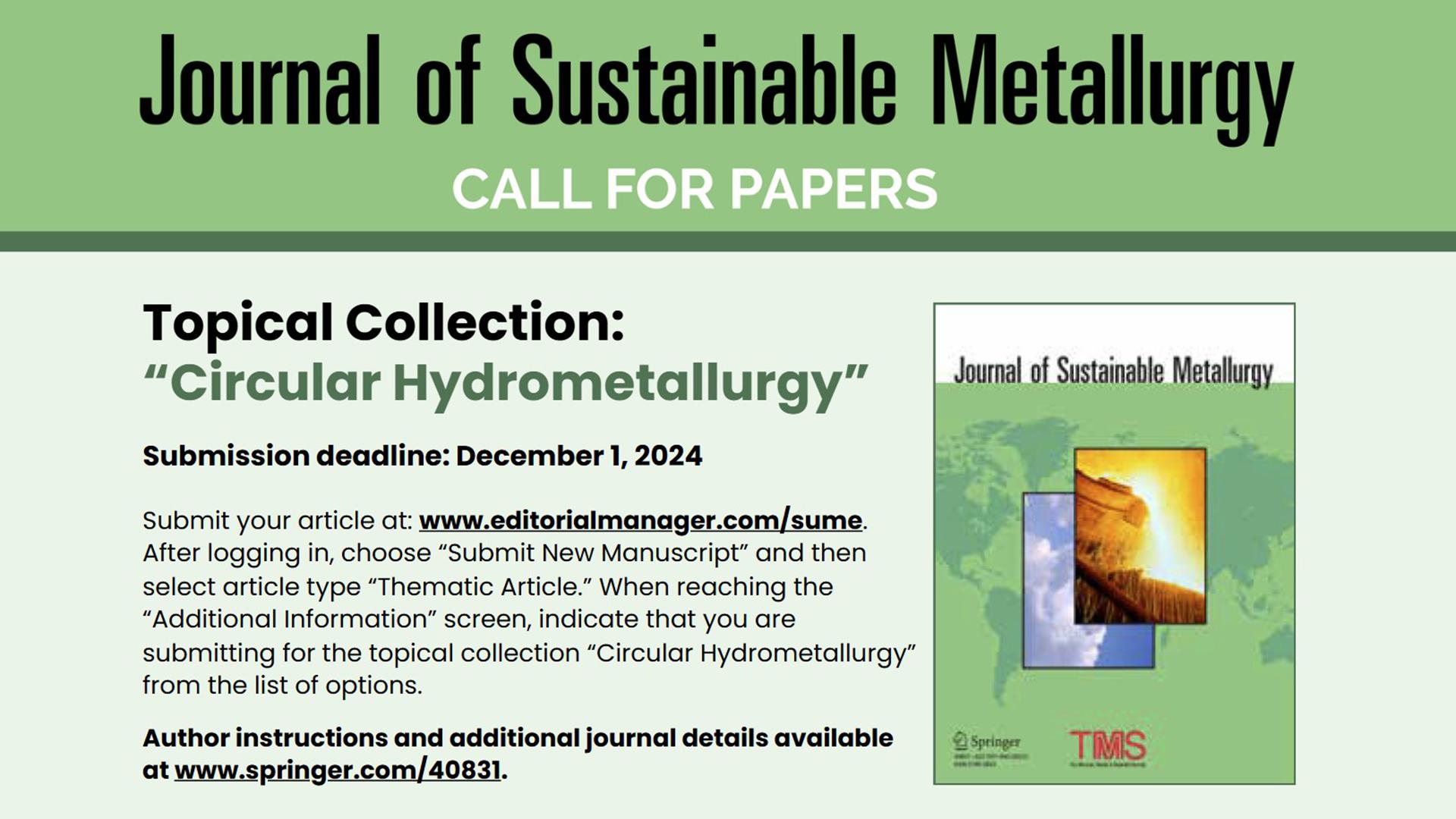A new open-access publication by Prof. Koen Binnemans (ERC Advanced Grant CIRMET recipient, head of the SOLVOMET R&I Centre) and Dr. Ir. Peter Tom Jones (Director of KU Leuven Institute of Sustainable Minerals and Metals) explores a fundamental question in the field of hydrometallurgy: Why do academic research efforts in this field so rarely translate into commercially viable industrial processes?
In their article, titled "Lindy Effect in Hydrometallurgy", published in the Journal of Sustainable Metallurgy, the authors apply the so-called Lindy Effect as an analytical lens. This concept holds that the longer a technology has existed, the longer it is likely to remain in use.
The paper discusses how the history of hydrometallurgical technologies, economic constraints, and capital-intensive industrial realities all contribute to the gap between academic research and real-world implementation. A key argument is that researchers often overlook the economic nature of mining and extractive metallurgy. Even technically sound processes may fail to reach the market due to economic non-viability.
The authors also introduce the concept of circular hydrometallurgy and its twelve guiding principles as a framework for evaluating the robustness and future potential of new processes. They anticipate that the increasing availability of affordable renewable energy may trigger a paradigm shift, enabling the commercialisation of energy-intensive but chemically advantageous hydrometallurgical methods. This transition could even revive interest in older technologies previously dismissed as too energy-demanding.
